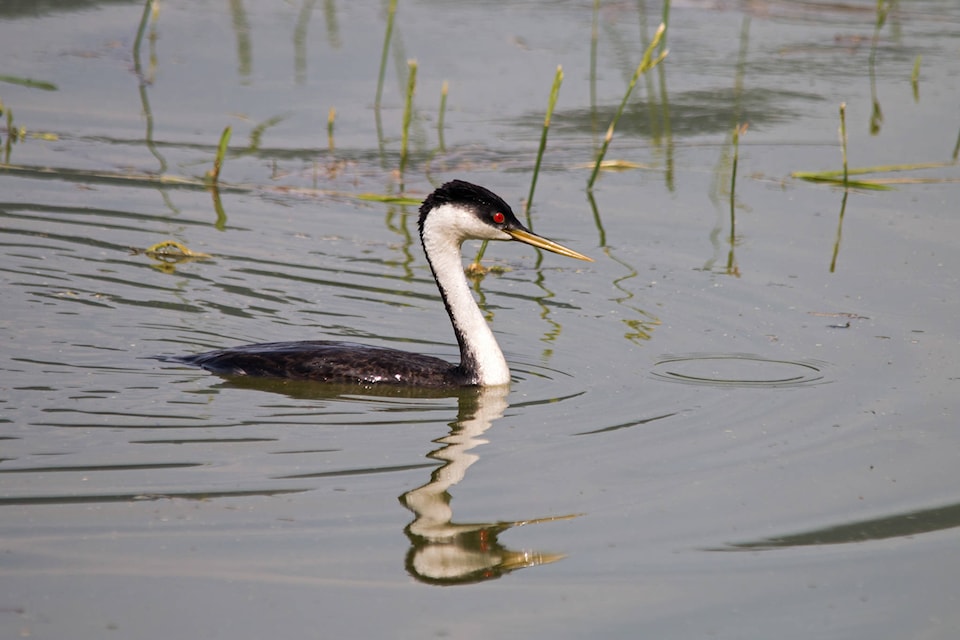PLEASE NOTE: WE HAVE CORRECTED THE CONTACT E-MAIL LINK AT THE BOTTOM OF THIS STORY. — editor
You may be under the impression that the annual Christmas Bird Count (CBC) that has been held around Port Alberni for 25 years, is just a fun little exercise to keep track of the winter birds here. That was the original intent of the exercise 117 years ago when the event was first conceived. But it has changed into an enormously powerful database.
The first count was done with 27 birders in 25 locations, mostly in Eastern Canada and the United States. Since then it has grown to include 2100 counts from Arctic Bay on Baffin Island to Drake Passage off the southern tip of South America. This includes twelve other locations on the Vancouver Island as well. There is room for more expansion, especially in South America.
Scientists have made good use of this data. More than 200 scientific papers have been published using CBC data. Federal governments have also used the data in making conservation decisions. The data has documented increases and decreases of populations, as well as shifts in their abundance from area to area.
READ: Christmas Bird Count Bibliography
One of the most graphic examples of this is in the Western Grebe. When I first arrived in Port Alberni, there was a flock of 60 to 80 of these graceful birds with long swan-like necks. Since then, that number has declined dramatically. In some years we have not recorded any in our count circle. Data from the count circles across B.C. and Washington State confirms that this is not just confined to a tiny part of the range of Western Grebes. This isn’t necessarily a bad news story though. The heart of the population, which was in the Salish Sea and Puget Sound, has moved to California. Still, overall the population has declined, but not as much as first feared.
CBC data also reveals declines in other species found here, notably in waterbirds such as Black Scoters, Common Loons, Mew Gulls, Red-necked Grebe and in a few landbirds such as Western Screech-owls and House Finches. But there are some increases in population as well. Most of these are landbirds such as Pileated Woodpecker, Golden-crowned Sparrow, Red-Breasted Nuthatch and Yellow-rumped Warbler. Some species show no trend but populations fluctuate wildly from year to year. Pine Siskins are like that.
The resolution of this data is incredible. This is what “Citizen Science” can do for decisions about development projects, conservation of special habitats and so on. This resolution was achieved by having special criteria about how the data is collected. There’s a 15-mile (24.1km) wide count circle to count within. You can’t go outside the count circle. And the data you collect is: kilometers travelled, in vehicle boat, or bike; and walking. And then hours watching, time. With this you can compare birds per observer hour, or km. across the map or back in time.
Some people go out in the cold and rain, and manage to have fun doing it. Some people like to sit by the window with their coffee or tea and watch the feeder on a day like that. Just as easily it could be a beautiful day. As a volunteer, it would be your choice, of course. The date is not actually Christmas Day. It is Saturday, Dec. 30. If you can make it either as a hardy field person or a cozy feederwatcher, give Annette Bailey a call at 250-793-5408 or at dabailey100@gmail.com.
